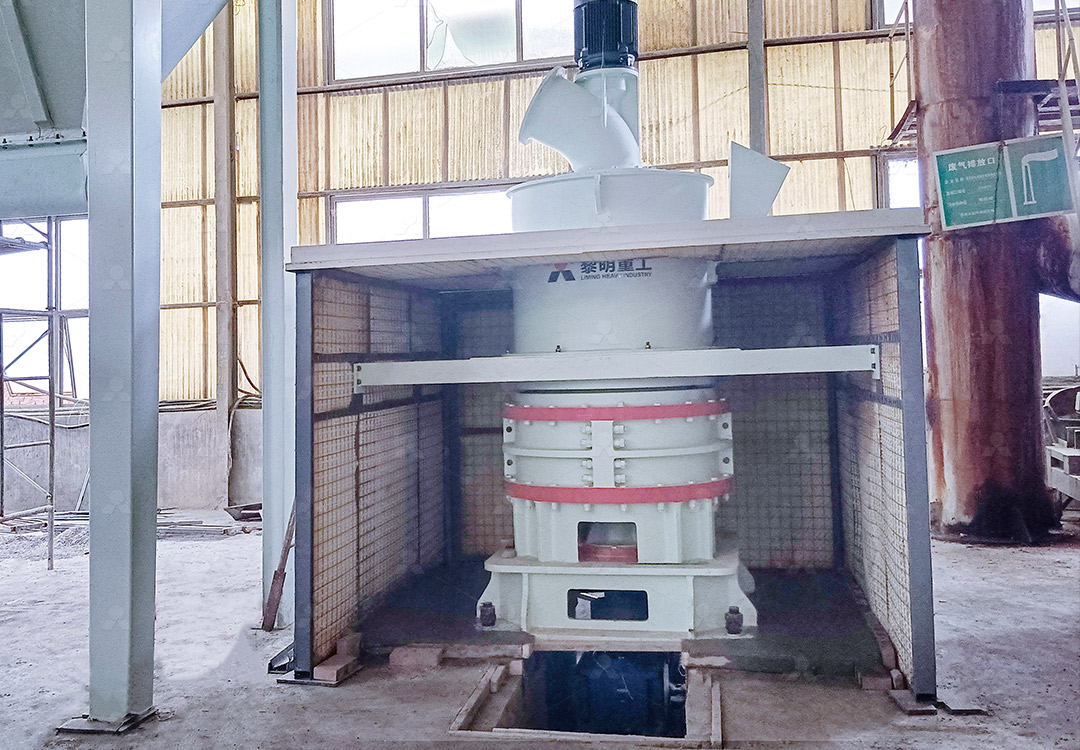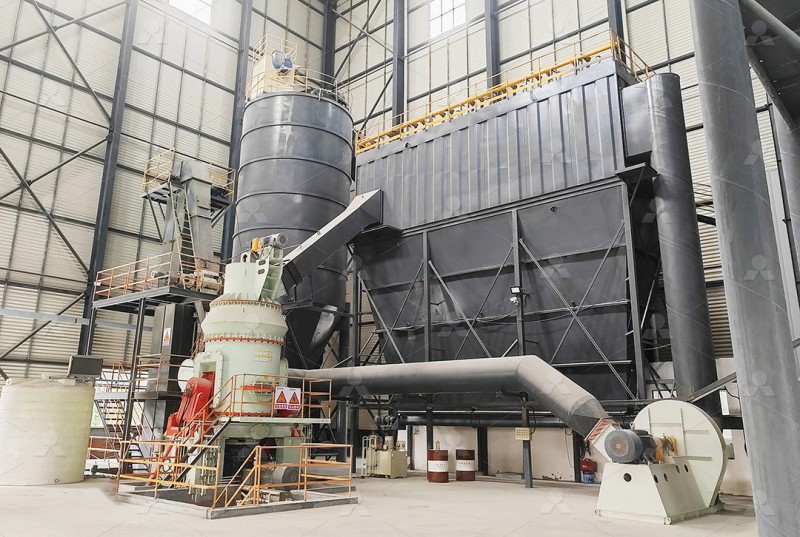Lead Slag Grinding Mill Price and Selection Guide for Smelting Furnace By-Products
Navigating the Complex World of Lead Slag Grinding
For any metallurgical operation dealing with lead smelting, the management of by-products like lead slag is a critical and costly endeavor. This isn’t just about waste disposal; it’s about unlocking value from what was once considered refuse. Properly processed lead slag can be repurposed in construction materials, cement additives, and even for further metal recovery. The heart of this valorization process? The right grinding mill. Choosing incorrectly can lead to exorbitant operational costs, poor product quality, and constant maintenance headaches. This guide cuts through the complexity to help you select the optimal mill for your specific lead slag application.
Key Considerations for Mill Selection
Not all mills are created equal, especially when faced with the abrasive and often variable nature of smelter slag. Before you even look at price tags, you need to evaluate your operation against these critical factors:
- Feed Size & Capacity: What’s the particle size coming from your furnace? What’s your target throughput (tph)?
- Desired Fineness: The end-use of your ground slag dictates the required powder fineness (e.g., 325 mesh for cement vs. much finer for some fillers).
- Abrasion Resistance: Slag will chew through inferior components. The mill’s grinding elements must be incredibly wear-resistant.
- System Integration: Does the mill offer integrated drying, classifying, and dust collection? A standalone grinder is often not enough.
- Total Cost of Ownership: Look beyond the initial purchase price. Consider energy consumption, maintenance downtime, and spare part costs.

Top Mill Technologies for Lead Slag Valorization
The market offers several paths, but two stand out for their efficiency and reliability in this demanding sector.
1. Vertical Roller Mills (VRM): The High-Capacity Workhorse
For large-scale operations with significant slag output, Vertical Roller Mills are often the default choice. Models like the LM Vertical Slag Mill are engineered specifically for this task. They integrate drying, grinding, and classification in a single unit, handling input sizes up to 65mm and capacities soaring past 100 tph. Their vertical footprint is compact, and their energy efficiency is a major selling point, consuming 30-40% less power than traditional ball mills. The direct grinding mechanism minimizes iron contamination, which is crucial for maintaining the quality of the final slag powder.
2. Ultrafine Grinding Mills: For Premium Applications
When your product spec calls for ultra-fine, high-value powders, you need technology that can deliver precision and consistency. This is where our MW Ultrafine Grinding Mill truly excels. Designed for customers who need to make ultra-fine powder, this machine is a beast in a refined package.
It handles feed sizes of 0-20mm and offers a capacity range of 0.5-25 tph, making it perfect for specialized, high-value slag processing lines. Its genius lies in the details: a German-technology cage-type powder selector that allows you to adjust fineness between 325-2500 meshes with incredible precision, achieving a screening rate of d97≤5μm. For abrasive slag, its most revolutionary feature is the absence of rolling bearings and screws in the grinding chamber. This eliminates the most common failure points, freeing users from worries about bearing seizures or damage from loose screws. External lubrication allows for 24/7 operation without shutdowns.
Furthermore, it’s equipped with an efficient pulse dust collector and muffler, ensuring the entire production process meets stringent environmental standards—a non-negotiable in today’s industry. For a balance of breathtaking fineness, rugged reliability, and eco-friendly operation, the MW Series is an unparalleled choice.

Understanding Price Factors
Asking “how much does a slag grinding mill cost?” is like asking the price of a car—it depends massively on the model and specs. A basic Raymond mill might start at a lower investment but could cost you more in the long run through higher energy bills and maintenance. Advanced systems like the LM Vertical Mill or our MW Ultrafine Mill command a higher initial investment but offer drastically lower operating costs, better product quality, and greater automation. Remember to budget for auxiliary equipment (feeders, collectors, classifiers) and installation. Always request a detailed quotation that breaks down these costs.
Making the Final Decision
There’s no one-size-fits-all answer. A high-volume cement plant might find its perfect partner in an LM Vertical Slag Mill, while a specialty chemicals producer might leverage the precision of the MW Ultrafine Grinding Mill to create a premium product.
The best strategy? Partner with a supplier that offers a range of technology and can provide unbiased advice based on your specific slag characteristics and end-goals. Request material tests, visit reference sites, and crunch the numbers on total cost of ownership. The right mill isn’t an expense; it’s an investment that turns your smelting by-product into a steady revenue stream.

